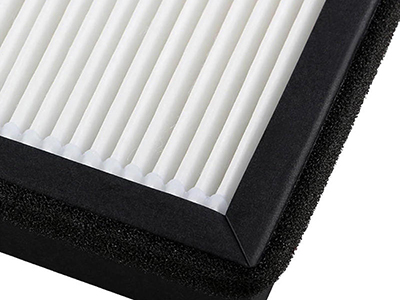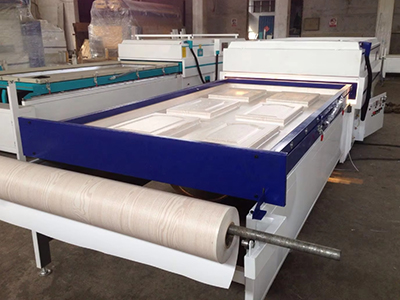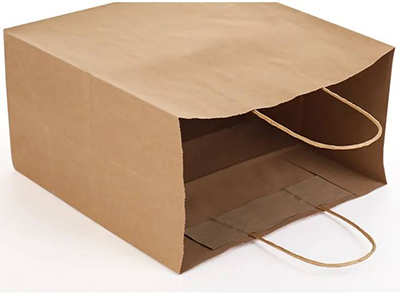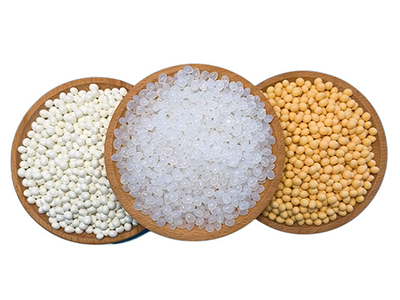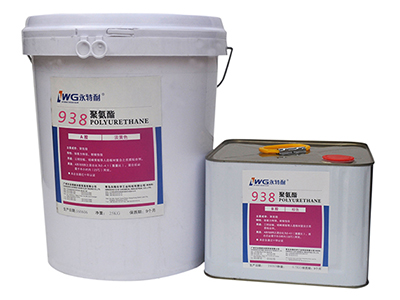Air filters play a crucial role in keeping the air in our homes, cars, and workplaces clean by trapping dust, pollen, and other airborne particles. But if you’ve ever inspected an air filter closely, you might have noticed something that seems a bit out of place—glue. So, why is there glue on the air filter? Is it there by design or a sign of poor manufacturing? Let’s break it down.
1. Glue’s Purpose in Air Filters
The presence of glue on an air filter is not accidental; it’s there to hold the filter together. Air filters are typically made of various layers of filter media, often composed of fibers such as fiberglass, cotton, or synthetic materials. These layers need to stay intact to effectively trap particles and contaminants from the air. Glue is used to bind the filter material to the frame and to maintain the overall shape of the filter, ensuring it fits tightly into the filtration system without gaps or leaks.
2. Reinforcing the Filter’s Structure
Over time, air filters are subjected to a lot of pressure as air flows through them continuously. Glue strengthens the filter structure and helps it maintain its shape under this stress. Without glue, the filter media could collapse or break apart, leading to inefficient air filtration and potential damage to the system it protects.
3. Glue and Seal Integrity
Another key reason for glue on an air filter is to ensure a proper seal. Air filtration systems need to be airtight for maximum efficiency. If there’s no glue to hold the components together, unfiltered air might bypass the filter altogether, defeating its purpose. The glue acts as a bonding agent, sealing any gaps between the filter material and the frame, ensuring that only filtered air passes through.
4. Types of Glue Used in Air Filters
Not all glues are created equal. Air filters generally use heat-resistant, non-toxic adhesives that can withstand both high and low temperatures. Depending on the filter’s application (e.g., HVAC systems, automotive air filters), the glue may also need to resist moisture or chemicals. This ensures the adhesive doesn’t degrade over time, compromising the filter’s performance.
5. Signs of Poor Quality Glue
While glue on an air filter is normal, poor-quality adhesives can become a problem. If you notice excessive glue clumps, uneven application, or adhesive that breaks down quickly, it might indicate a poorly manufactured filter. This can reduce the efficiency of the filter and, in some cases, cause harmful particles to escape. Always choose high-quality air filters from reputable manufacturers to ensure optimal air filtration.
6. Conclusion
The glue on an air filter plays a vital role in holding the filter media in place, maintaining the structure, and ensuring a tight seal for effective air filtration. Far from being a defect, glue is an essential component that enhances the filter’s performance. If you’re ever in doubt about the quality of your air filter, look for trusted brands that use high-grade materials and adhesives designed for longevity and reliability.


